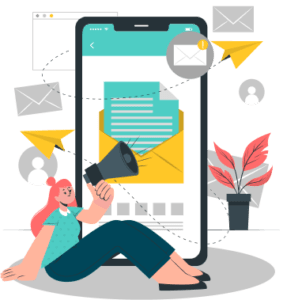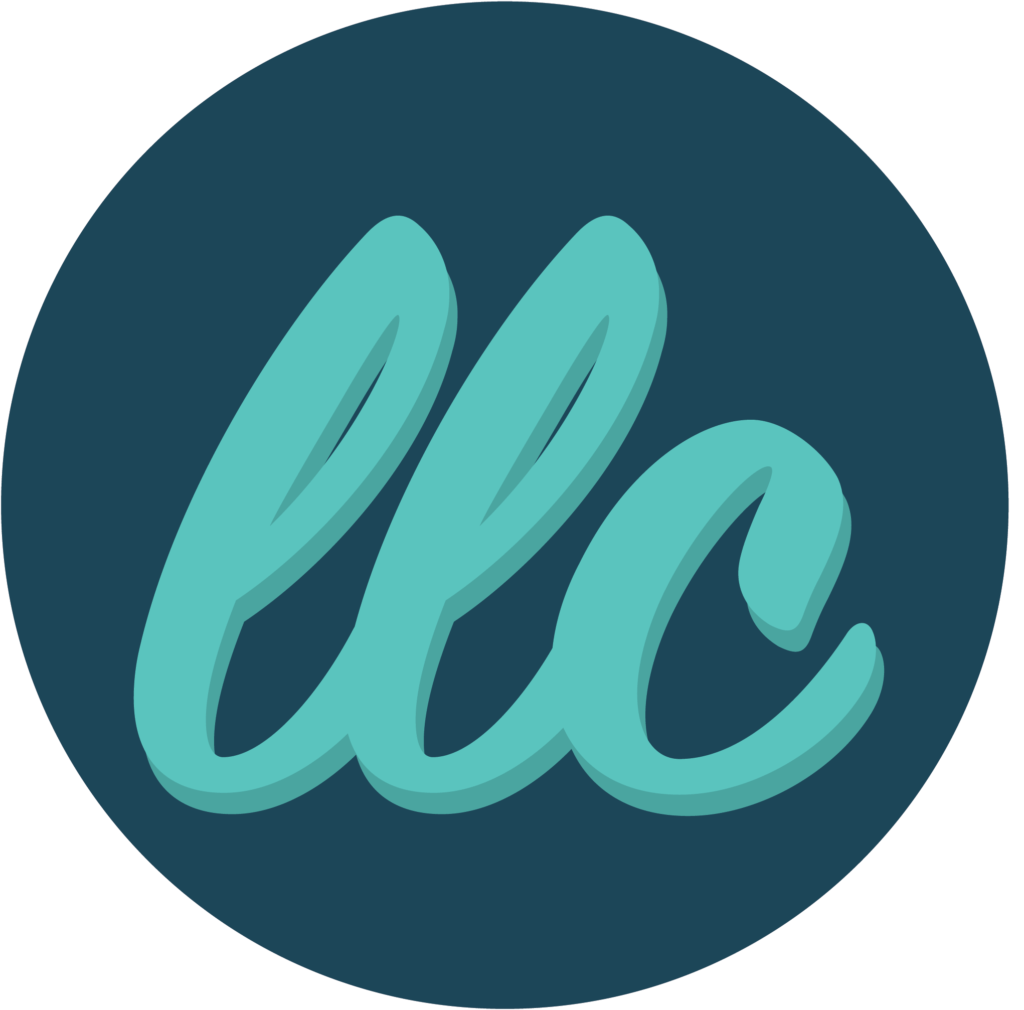First, let’s understand your users:
Some of your users may face challenges such as hearing impairments, visual impairments, or color blindness. It’s crucial to cater to their needs to create a universally accessible website.
- If your website features videos, consider adding subtitles, real-time captions, and descriptive captions for users who are deaf or hard of hearing.
- Provide alternative text for all images or visual graphics for users who may not be able to see.
- Ensure appropriate contrast between text, graphics, background, and underlined links for users with color blindness or visual impairments.
- Use the proper font size and font family to ensure readability.
Now let’s talk about Section 508 compliance:
What is Section 508 compliance? Section 508 compliance is about ensuring that federal agencies’ electronic and information technology is accessible to individuals with disabilities. This includes websites, software applications, and other digital content. The goal is to eliminate barriers to information and communication technology, making it equally accessible to all users, regardless of their abilities.
The standards for Section 508 compliance are based on guidelines developed by the Web Content Accessibility Guidelines (WCAG), which provide recommendations for making web content more accessible. Compliance with Section 508 is important not only for federal agencies but also for organizations that do business with the federal government, as they are often required to adhere to these accessibility standards.
By ensuring Section 508 compliance, you’re not only fostering an environment where all users feel valued and included but also meeting legal accessibility standards. When all accessibilities are implemented correctly, your website will be more user-friendly and also help to boot SEO, enhance the brand image, and reach a wider audience. This inclusivity encourages users to return to your website, appreciating its consideration for diverse users.
Here are resources to help maintain your website accessibility:
W3.org: Web Content Accessibility Guidelines (WCAG) 2.0
W3.org: Accessibility Fundamentals
Section508.gov: Design and Develop Accessible Products
usability.gov: Accessibility Basics
ADA.gov: Guidance on Web Accessibility and the ADA
Accessibility tools
WAVE Web Accessibility Evaluation Tool
If you need help in enhancing your website’s accessibility, feel free to reach out to us!










